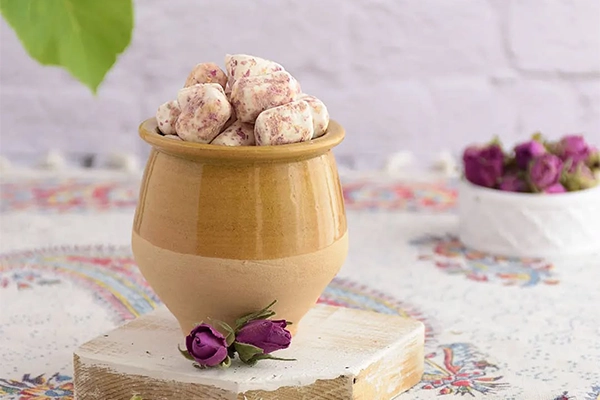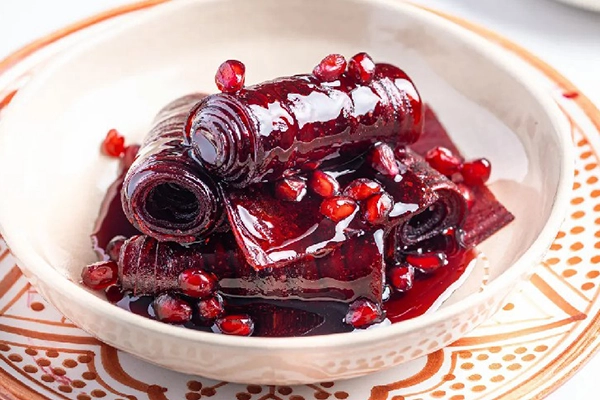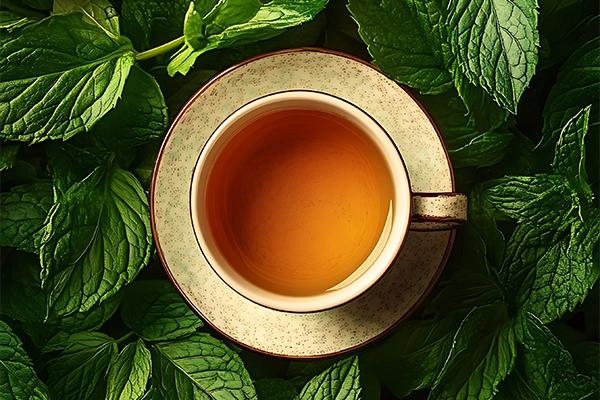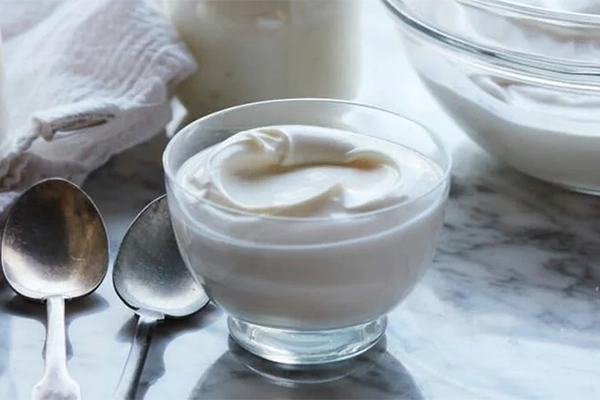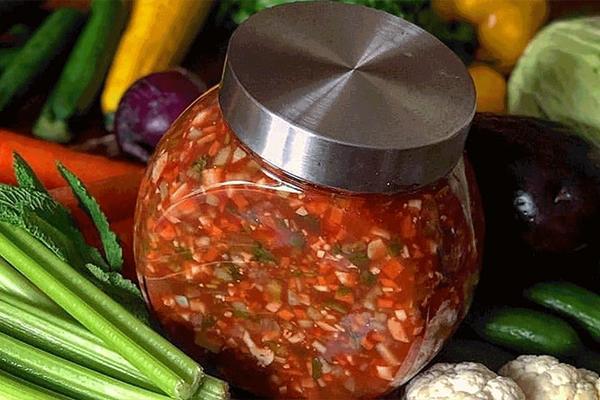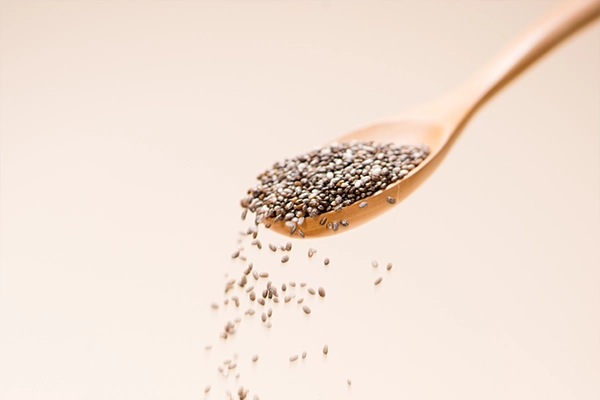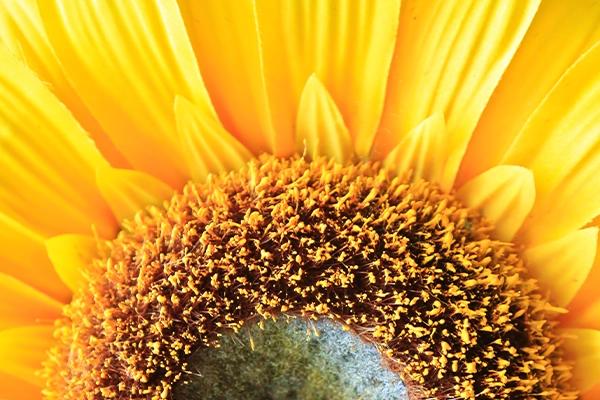Across every culture, sweets play a significant role in memories, traditions, and even social rituals. In Iran, one of the most delightful expressions of this sweet culture is found in its traditional and modern Iranian candies — flavors that transport us back to nostalgic moments or introduce us to innovative twists. From saffron rock sugar to cool mint drops and fruity lollipops in modern packaging, the variety of Iranian candies is both impressive and surprising.
Whether you’re searching for nostalgic childhood flavors or exploring new experiences with authentic Persian sweets, the world of Iranian candies offers something for every taste. With a wide range of brands that blend traditional techniques and contemporary recipes, these treats have made their way not only across the country but also into international markets.
In the rest of this article, you’ll discover types of Iranian candies that are not just worth trying—they may become your next sweet obsession! If you’re a fan of sweets and want to explore more, don’t miss our Iranian candies at Hypermarket Faraz to discover beloved confections.
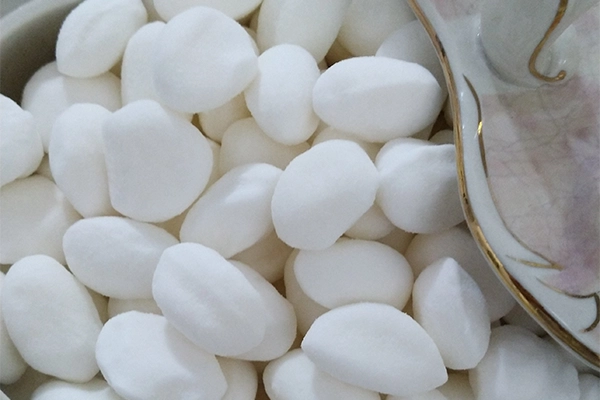
Introduction to Different Types of Candies
Candy is one of the most popular snacks worldwide, made from a simple combination of sugar, water, and additives such as flavorings and food colorings. Despite its simple appearance, candy comes in a wide variety of shapes, textures, and flavors.
Candies are mainly categorized based on texture and preparation methods into several groups:
- Hard candy: The most common type, cooked at high heat until it reaches a firm consistency. Examples include sugar crunch (shakarpanir), pulaki, and mint candies.
- Soft candy (toffee): Uses butter or cream to create a softer, chewier texture. Toffees are especially popular among children and adults alike.
- Gelatin-based candy: By adding gelatin, a flexible, soft candy is made, often available in fruity colors and flavors. Gummies fall into this category.
Candy Bars: A New Generation of Candies
With advances in the food industry, chocolatiers combined candy with chocolate. In 1847, Joseph Fry produced the first chocolate bar, opening the door for hybrid candies. Brands like Cadbury, Nestlé, and Mars later introduced bars with nuts, caramel, and peanut butter.
Innovation in Flavor and Health
Modern manufacturers strive to produce healthier candies by using natural flavorings, low-calorie sweeteners, and eliminating harmful additives. This trend includes Iranian candies, where herbs like mint, cinnamon, and rose are added for therapeutic effects.
The Culture of Candy Making in Iran
Iran’s regions each bring unique flavors to their Iranian candies. From Ardabil’s saffron-laced shakarpanir to Esfahan’s mint pulaki, these sweets are more than snacks — they represent tradition, celebration, and community.
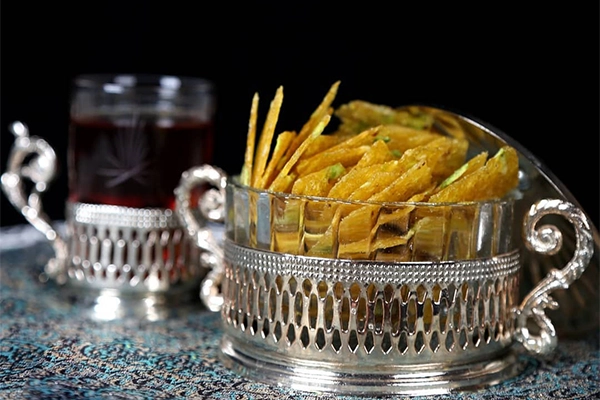
A Look at the Most Popular and Diverse Types of Traditional and Modern Iranian Candies
1. Ardabil Shakarpanir
This crunchy, porous candy flavored with saffron and cardamom is a hallmark of traditional Iranian candies. Served with tea, it’s symbolic of hospitality.
2. Esfahani Pulaki
Thin and circular, pulaki comes in flavors like mint, ginger, and lemon. It’s lighter than sugar cubes and widely used with tea in Esfahan homes.
3. Minoo Mint Candy
This classic Iranian candy offers a cool mint taste and antiseptic benefits. Minoo’s packaging makes it convenient and hygienic for all ages.
4. Aydin Sour Candy
Loved by youth, these sweet-and-sour candies come in flavors like lemon and raspberry. Their modern twist refreshes the world of Iranian candies.
5. Parastoo Ginger Candy
With ginger’s warming properties, this candy is ideal for winter or soothing a sore throat. It’s both tasty and functional.
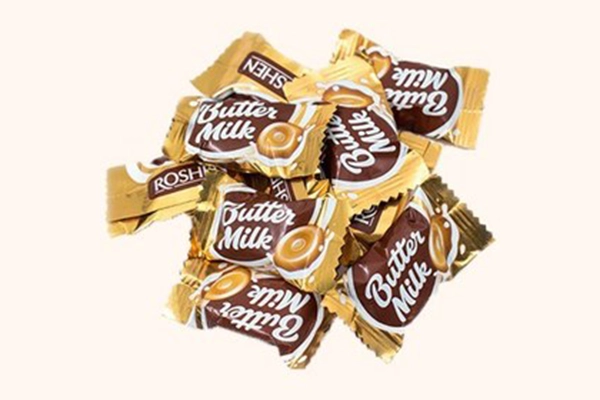
6. Fayaz Coffee Candy
A sophisticated choice among Iranian candies, Fayaz coffee candy is perfect with an afternoon drink. The deep coffee flavor satisfies adult palates.
7. Parastoo Milk Candy
Creamy and soft, these mild candies are a child’s favorite. They’re packaged attractively and suited for school snacks.
8. Agh-Soular Fruit Candy
With transparent colors and fruity flavors, these candies brighten any party. From mango to pineapple, they show the creative potential of Iranian candies.
9. Caramel and Butter Candy
Combining traditional ingredients with caramel flavor, this indulgent candy is perfect for gifting or work breaks.
10. Traditional Cinnamon Candy
Spicy and warming, this ancient Iranian candy offers a taste of Persian medicine and is popular in cold seasons.
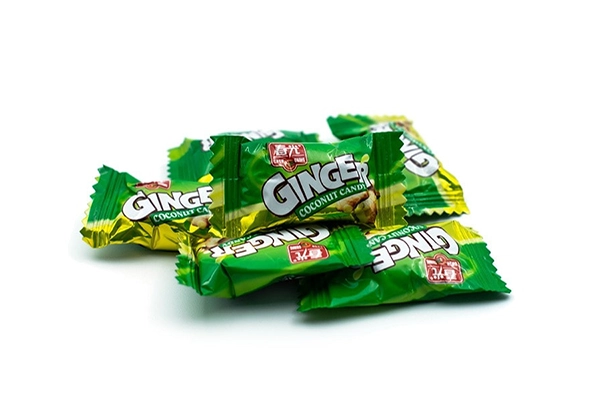
Iranian Candies in Culture and Collective Memory
From Nowruz visits to religious gatherings, Iranian candies appear in many aspects of daily life. Their flavors evoke memories: shakarpanir with tea, pulaki with grandma, or Aydin sour treats at school.
Many regions use candies as symbols in engagement ceremonies, funerals, and communal rituals. This emotional connection gives Iranian candies a lasting role in both personal and cultural storytelling.
Where to Buy Authentic Iranian Candies
You can find a wide selection of Iranian candies at Hypermarket Faraz. Reputable brands like Aydin, Parastoo, Fayaz, and Minoo are available in modern, sealed packages for all age groups. Whether you’re shopping for parties, gifts, or daily snacks, Faraz offers premium-quality candies that reflect the best of Iran’s sweet heritage.
Conclusion
Iranian candies are more than just sweets — they’re storytellers. From crunchy shakarpanir to spicy cinnamon and fruity lollipops, each flavor reflects a region, memory, or tradition. Their richness in taste, packaging, and purpose makes them staples in both modern households and ceremonial gatherings. To relive your sweet childhood memories or try something new, visit Hypermarket Faraz and explore the colorful world of Iranian candies — where every piece brings a taste of Iran to your hands
